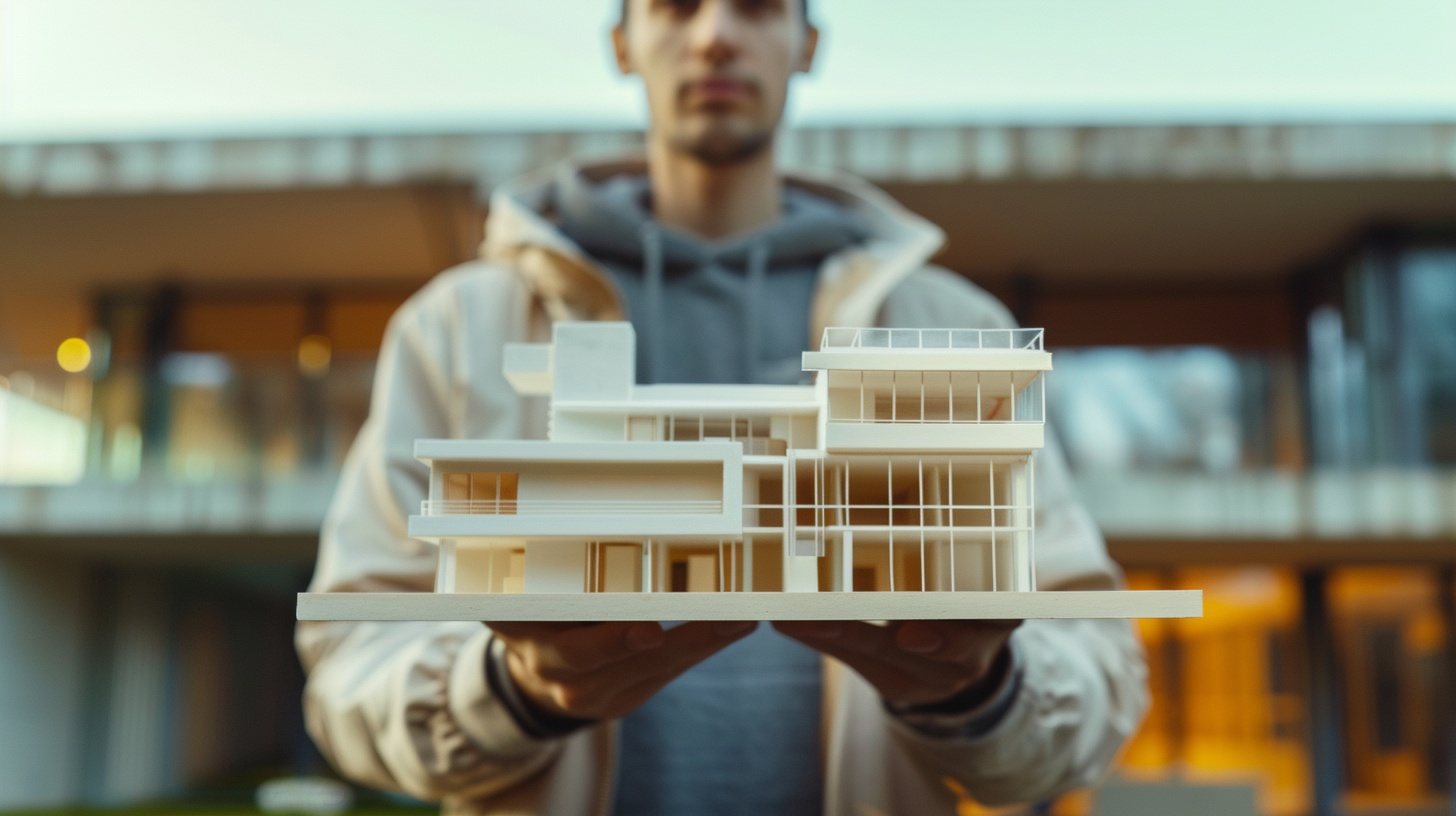
Incorporating Feng Shui Principles in Modern Architecture
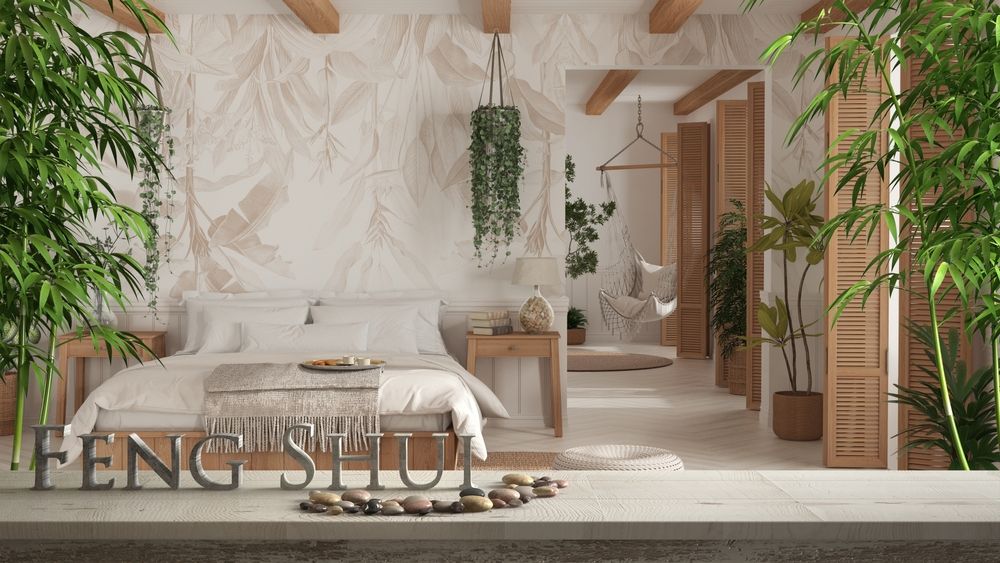
Feng Shui, a centuries-old Chinese practice, has seamlessly integrated into modern architecture, offering a fresh perspective on creating spaces that resonate with balance and harmony. In today’s fast-paced world, where stress and chaos often dominate our environments, the principles of Feng Shui provide a blueprint for crafting serene and tranquil spaces that support well-being.
Feng Shui and The Concept of Chi in Architecture
At its core, Feng Shui revolves around the concept of chi, the vital energy that flows through all living beings and environments. In architecture, this translates into careful consideration of spatial arrangements, orientation, and materials to optimize the flow of chi and create a harmonious environment. By incorporating Feng Shui principles, architects and designers can transform mundane spaces into sanctuaries that promote positivity and vitality in modern architecture.
Bagua
One of the fundamental principles of Feng Shui in architecture is the Bagua, an energy map that divides a space into different areas corresponding to various aspects of life, such as wealth, health, and relationships. By aligning the layout of a building with the Bagua, designers can create spaces that support the occupants’ goals and aspirations. For example, positioning a living room in the wealth area of the Bagua may enhance prosperity and abundance in the household.
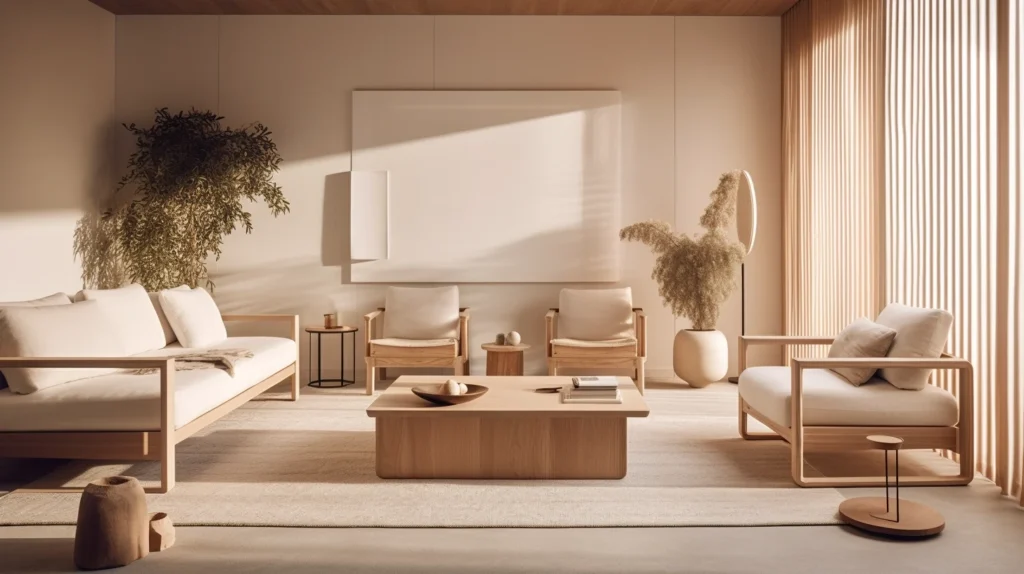
Use of Natural Elements
In addition to spatial arrangements, Feng Shui emphasizes the use of natural elements and materials to foster a deeper connection with the environment. Incorporating elements such as wood, stone, and water into architectural design not only adds aesthetic appeal but also enhances the flow of energy within a space. For instance, a well-placed water feature can symbolize abundance and create a sense of tranquility, while lush greenery promotes vitality and renewal.
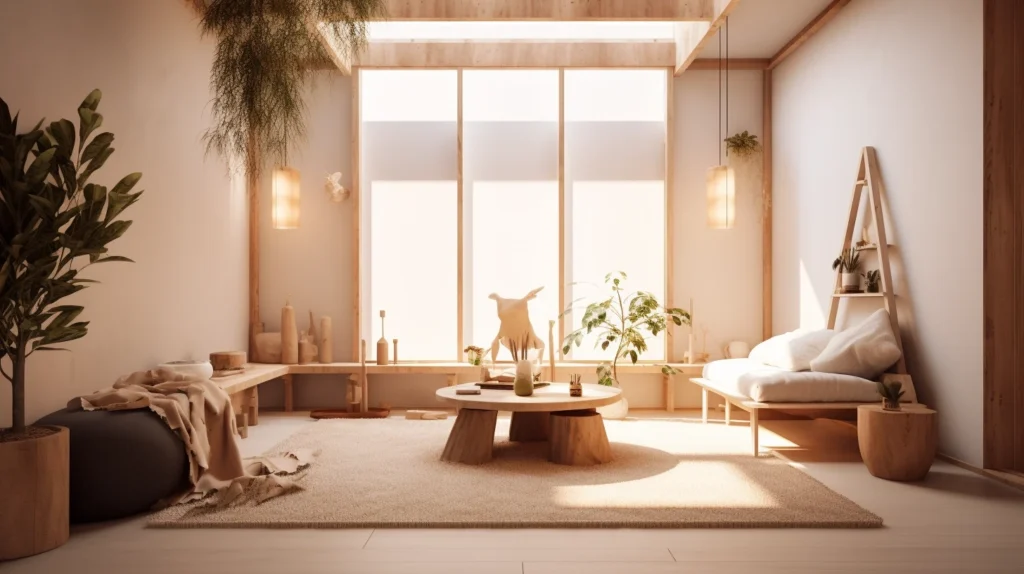
Practical Applications of Feng Shui in Architecture
Incorporating Feng Shui principles into modern architecture involves more than just aesthetic considerations; it’s about creating spaces that support the well-being and prosperity of their occupants. From the layout of rooms to the choice of materials, every decision plays a role in shaping the energy flow within a space. Here are some practical applications of Feng Shui in architectural design:
Building Orientation
Feng Shui places great importance on the orientation of a building, with the main entrance typically facing south to welcome positive energy and abundance. By aligning the building with the natural elements and cardinal directions, architects can optimize the flow of chi and create a sense of balance and harmony.
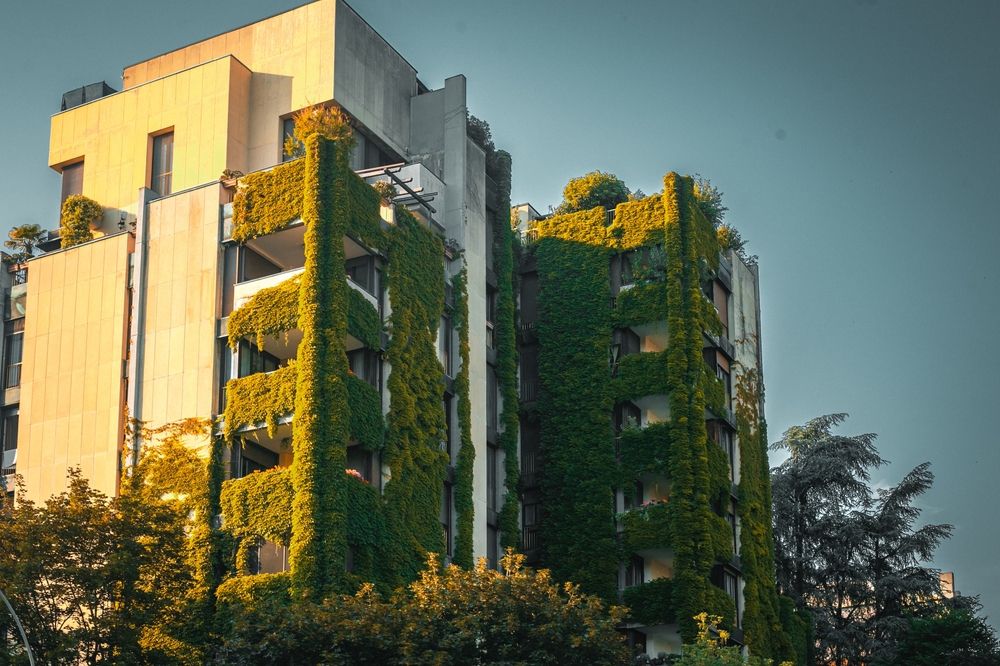
Room Layout
The layout of rooms within a building is crucial in Feng Shui, as it determines how energy flows through the space. Designers often use the Bagua map to divide the floor plan into different areas corresponding to specific aspects of life, such as wealth, health, and relationships. By arranging rooms accordingly, designers can create environments that support the occupants’ goals and aspirations.
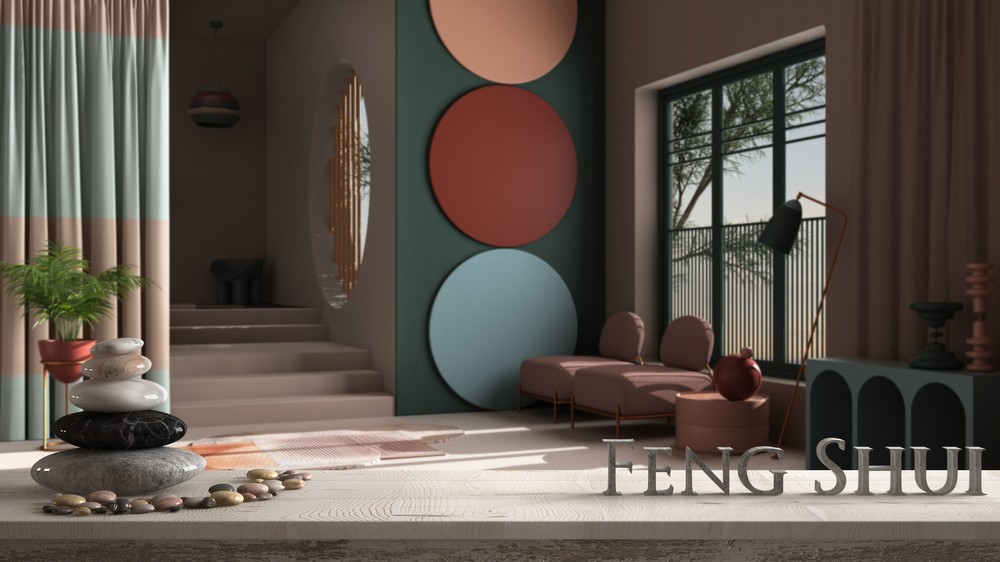
Materials and Finishes
Feng Shui places a strong emphasis on the use of natural materials, such as wood, stone, and clay, which are believed to have positive energy properties. By incorporating these materials into architectural design, designers can create spaces that feel grounded and harmonious. Additionally, the choice of finishes, such as paint colors and textures, can influence the energetic qualities of a space, further enhancing its overall atmosphere.
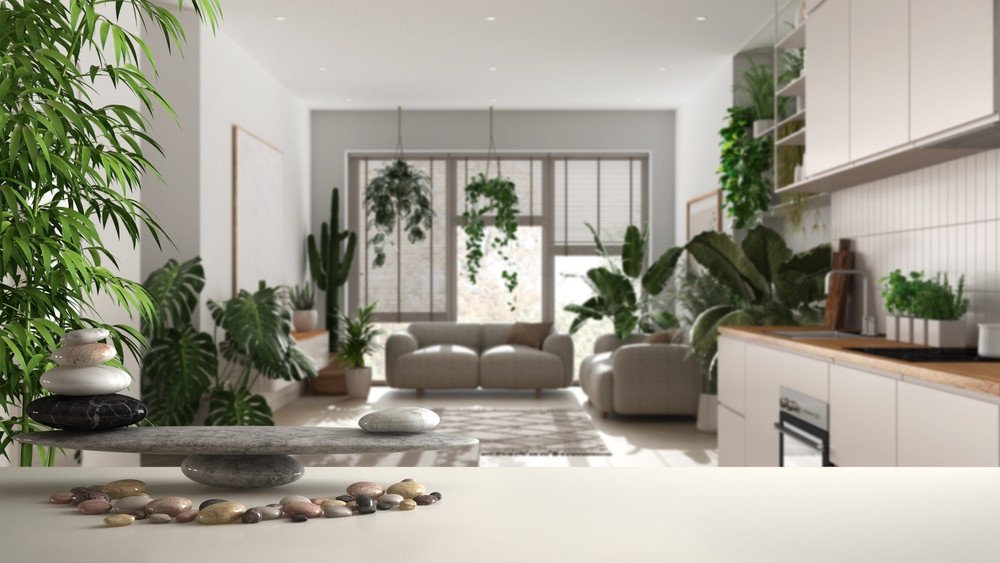
Natural Light and Ventilation
Maximizing access to natural light and ventilation is essential in Feng Shui, as it promotes a sense of openness and vitality within a space in architecture. Architects often design buildings with large windows, skylights, and open floor plans to allow for ample daylighting and airflow. This not only enhances the well-being of occupants but also reduces the reliance on artificial lighting and mechanical systems.

Landscaping and Outdoor Spaces
Feng Shui principles extend beyond the walls of a building to include the surrounding landscape and outdoor spaces. By incorporating elements such as gardens, water features, and pathways, designers can create environments that feel harmonious and inviting. Landscaping techniques, such as planting trees and shrubs in strategic locations to enhance privacy and create a sense of enclosure, can further enhance the overall energy flow of a property.
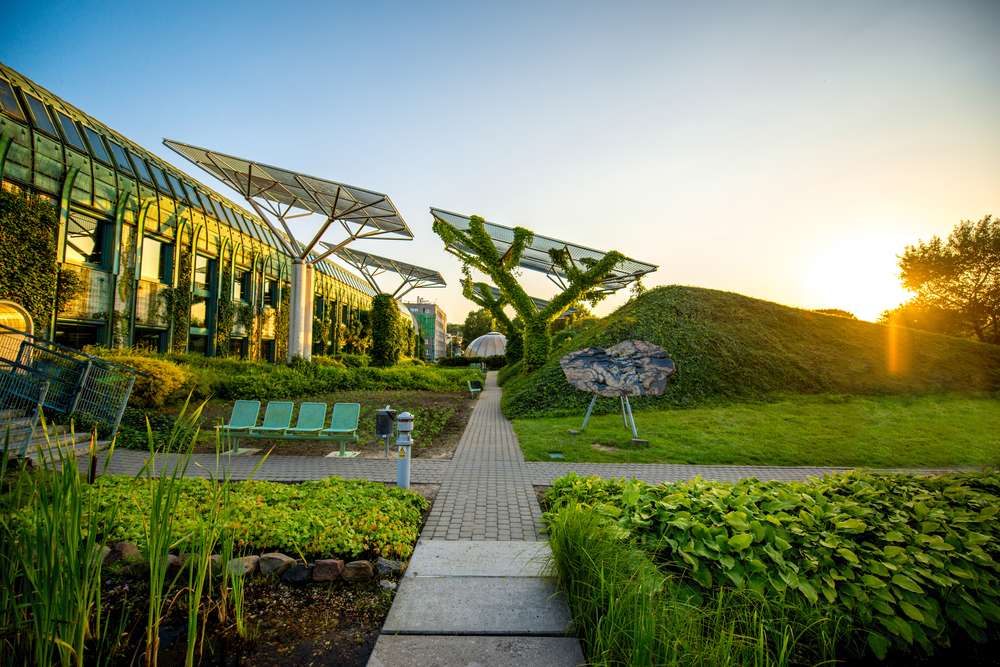
The Feng Shui Principles In Architecture
The intersection of tradition and innovation offers a fertile ground for creativity and exploration. Incorporating Feng Shui principles into modern architecture is a prime example of this dynamic interplay, where ancient wisdom meets contemporary sensibilities to create spaces that are both timeless and forward-thinking.
Harnessing the Power of Natural Elements
At its core, Feng Shui represents a deep understanding of the natural world and its influence on human well-being. By harnessing the power of natural elements, such as light, air, and water, architects can create environments that resonate with vitality and harmony. This holistic approach to design not only enhances the physical and emotional well-being of occupants but also fosters a deeper connection to the surrounding environment.
Challenge Conventional Design Norms
In the context of modern architecture, the integration of Feng Shui principles offers a unique opportunity to challenge conventional design norms and explore new possibilities. By reimagining traditional spatial arrangements, experimenting with innovative materials, and embracing cutting-edge technologies, architects can push the boundaries of what is possible in architectural design.
Addressing Challenges Facing Modern Society
Moreover, the principles of Feng Shui offer a valuable framework for addressing some of the pressing challenges facing modern society, such as sustainability, wellness, and social equity. By prioritizing principles such as balance, harmony, and respect for nature, architects can create buildings and spaces that not only meet the needs of today but also contribute to a more sustainable and equitable future.
Conclusion
In essence, incorporating Feng Shui principles into modern architecture is about more than just aesthetics; it’s about creating spaces that support the holistic well-being of individuals and communities. By embracing the wisdom of the past and harnessing the power of innovation, architects can create environments that inspire, uplift, and nourish the human spirit.
Ready to start your architectural planning journey? Contact Designs Boss today to explore how we can help you incorporate Feng Shui principles into your next project. Our team of experienced architects and designers is committed to creating spaces that resonate with harmony, balance, and vitality. From residential homes to commercial buildings, we bring a unique blend of creativity, expertise, and passion to every project.
Latest

What Makes a Good Architectural University

What Are The Most Beautiful Bridges Ever Designed

